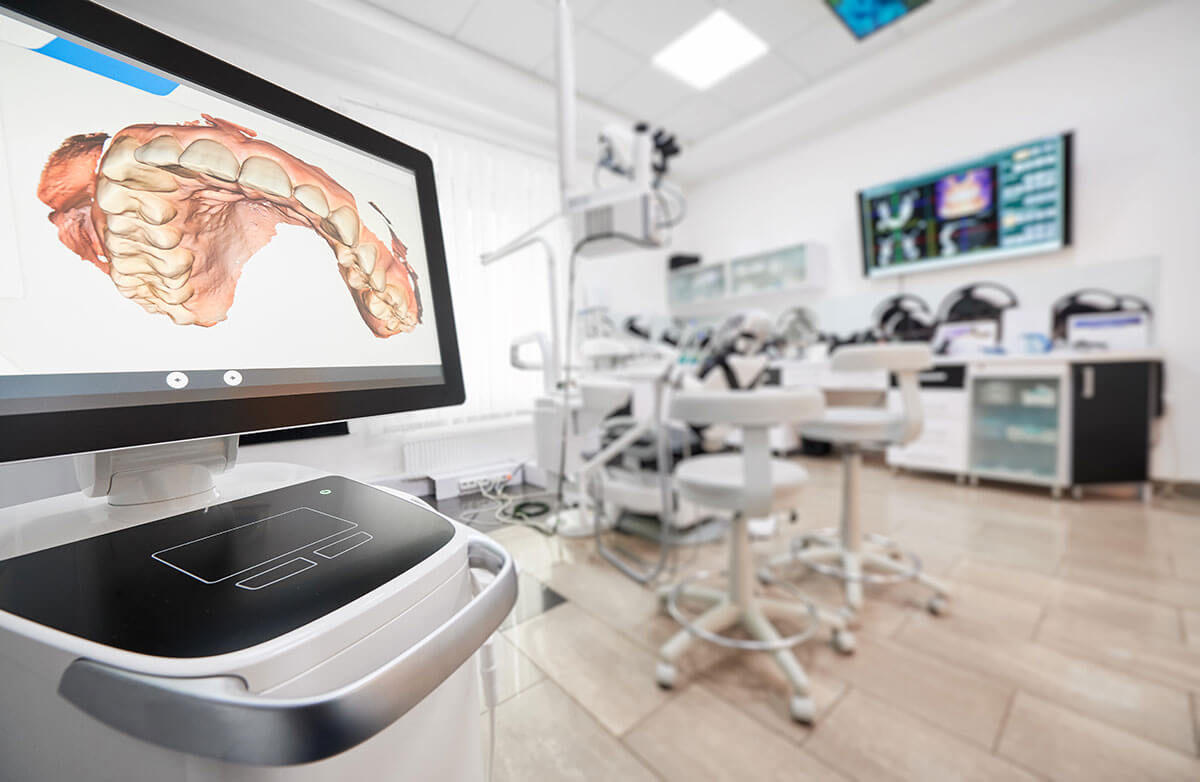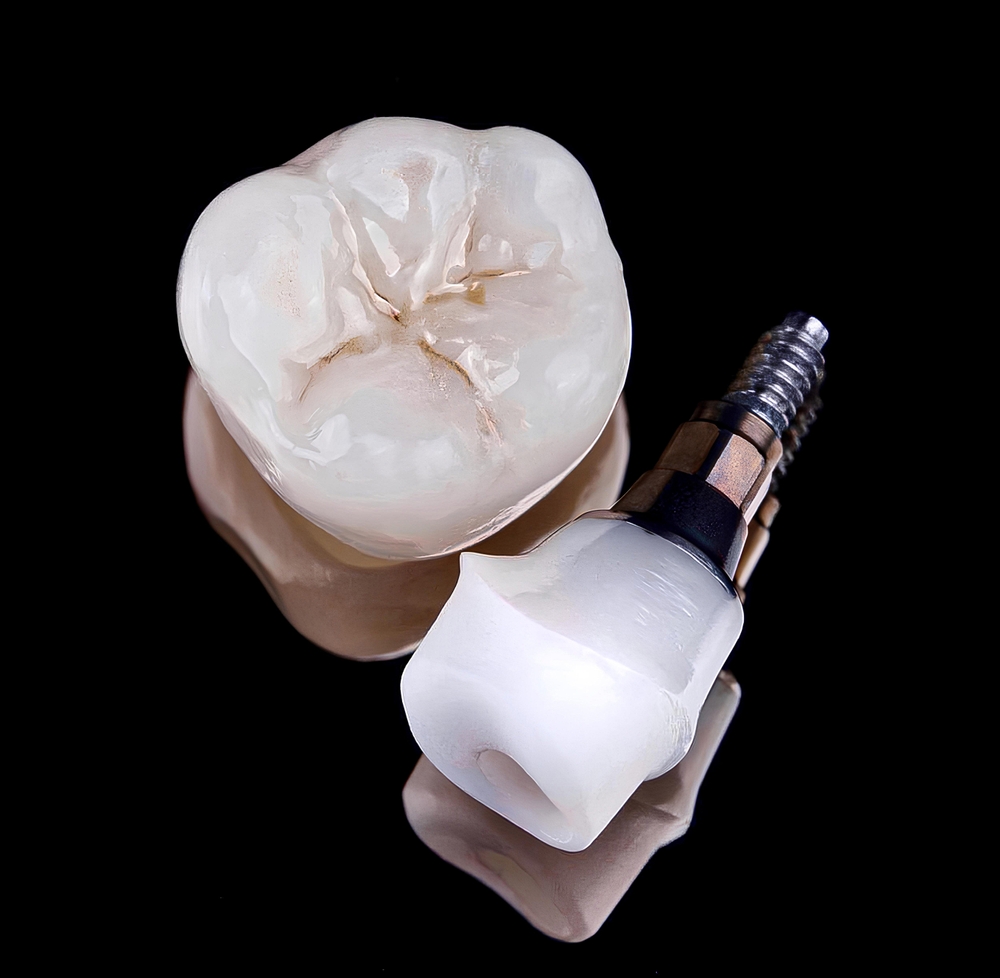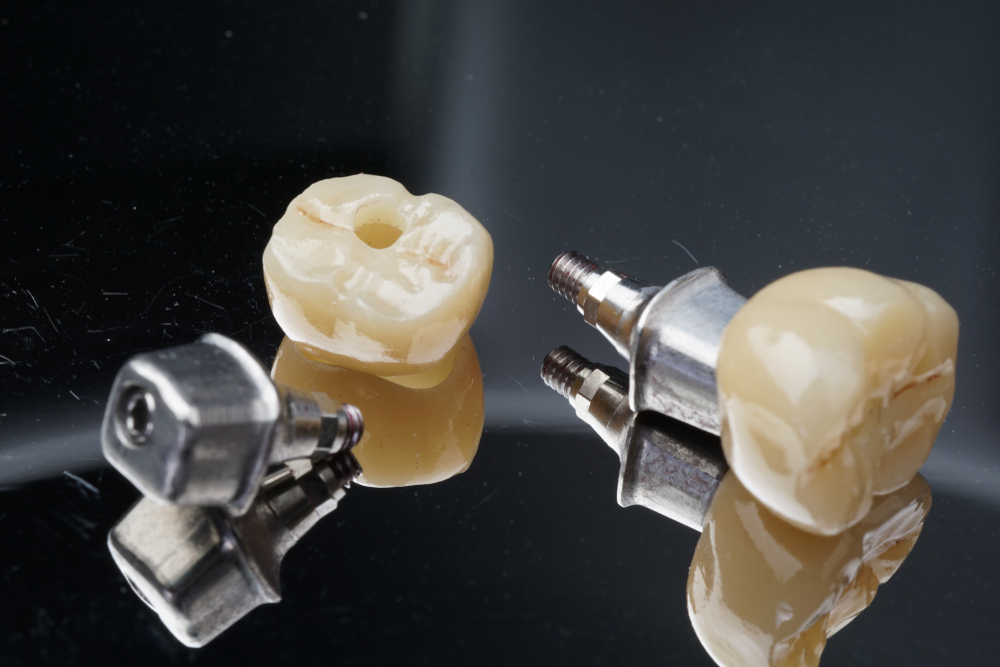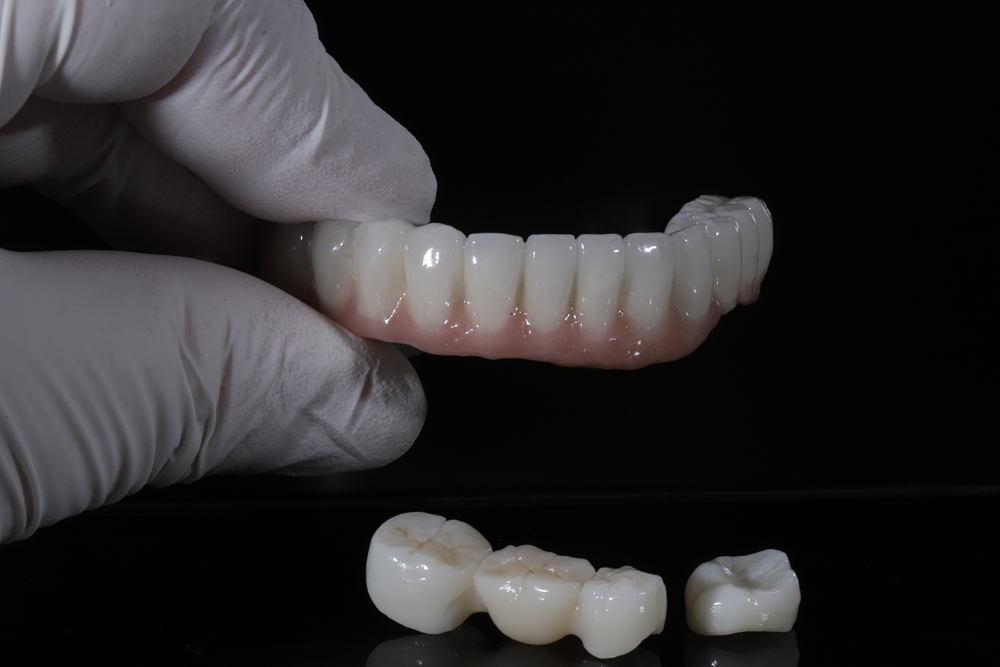Dental restorations are a common practice in modern dentistry, and the advancements in CAD/CAM technology have revolutionized the way dental restorations are done. CAD/CAM technology enables dentists to create dental restorations with precision and accuracy, making the process less invasive and more efficient. In this blog, we will explore the role of CAD/CAM technology in dental restorations, the benefits of using it, and the future of this technology in the dental industry.
CAD/CAM Technology in Dentistry
CAD/CAM technology is used in dentistry for designing and creating dental restorations such as crowns, bridges, inlays, onlays, veneers, and dentures. The process involves using computer-aided design (CAD) software to create a virtual model of the restoration and computer-aided manufacturing (CAM) technology to fabricate the restoration. Here is a breakdown of how CAD/CAM technology is used in dentistry:
- Digital Impression-Taking: The process begins with digital impression-taking, where an intraoral scanner captures a digital image of the patient’s teeth and creates a 3D model.
- CAD Design: Using CAD software, the dentist designs the restoration on the 3D model, which allows for precise adjustments to the shape and size of the restoration.
- CAM Fabrication: After the design is complete, the CAM technology comes into play. The design is sent to a milling machine, which uses a block of dental material such as ceramic, zirconia, or resin, to fabricate the restoration. The milling machine uses computer-controlled tools to precisely shape and carve the material to the exact specifications of the design.
- Finishing: Once the restoration is milled, it is polished and finished to create a smooth surface that closely resembles the patient’s natural teeth.
- Fitting: The final step is fitting the restoration into the patient’s mouth. The dentist will ensure that the restoration fits precisely and comfortably in the patient’s mouth, making any necessary adjustments.
CAD/CAM technology has revolutionized the dental industry by providing a faster, more efficient, and more precise method of creating dental restorations. This technology reduces the need for multiple appointments, as the restoration can be fabricated in a single visit. Additionally, the use of digital impressions eliminates the need for messy, uncomfortable traditional impression-taking methods. Overall, CAD/CAM technology has greatly improved the patient experience, making dental restorations faster, more comfortable, and more accurate.
Dental Restorations Using CAD/CAM technology
Types of dental restorations that can be made using CAD/CAM technology include:
- Crowns
- Bridges
- Inlays/Onlays
- Veneers
- Dentures

There are many benefits of using CAD/CAM technology for dental restoration fabrication. These benefits include:
- Accuracy: CAD/CAM technology enables precise and accurate restorations, ensuring a better fit and more natural look and feel.
- Efficiency: With CAD/CAM technology, dental restorations can be fabricated in a single visit, reducing the need for multiple appointments and temporary restorations.
- Comfort: Digital impressions taken using CAD/CAM technology eliminate the need for traditional impression materials, which can be messy and uncomfortable for the patient.
- Customization: CAD/CAM technology allows dentists to customize the design of the restoration to match the patient’s natural teeth and provide a more personalized experience.
- Durability: Restorations fabricated using CAD/CAM technology are typically made of high-quality materials that are durable and long-lasting, providing patients with a functional and aesthetic solution to their dental needs.
The CAD/CAM Process for Dental Restorations
The CAD/CAM process involves several steps, including digital impression-taking, designing the restoration, milling the restoration, and fitting the restoration. The digital impression-taking process uses an intraoral scanner to capture the digital image of the patient’s teeth. The image is then used to design the restoration, which is sent to the milling machine to fabricate the restoration. Once the restoration is fabricated, it is fitted onto the patient’s tooth, ensuring that it fits accurately and seamlessly.
The Future of CAD/CAM Technology in Dentistry
CAD/CAM technology is constantly evolving, and there are many current developments in the technology that will continue to impact the dental industry. One of the current developments is the use of 3D printing in dental restorations. 3D printing enables the creation of complex dental restorations that are difficult to fabricate with traditional methods. The future of CAD/CAM technology in dentistry is promising, and we can expect to see many more advancements in the future.
In Conclusion
In conclusion, CAD/CAM technology has revolutionized the way dental restorations are done, making the process less invasive, more accurate, and efficient. The technology enables the creation of dental restorations that fit accurately and seamlessly into the patient’s mouth, providing a comfortable and natural look. With many developments in the technology, we can expect to see more advancements in the future, which will continue to impact the dental industry. As a result, CAD/CAM technology is an essential tool in modern dentistry and will continue to play a crucial role in dental restorations.




